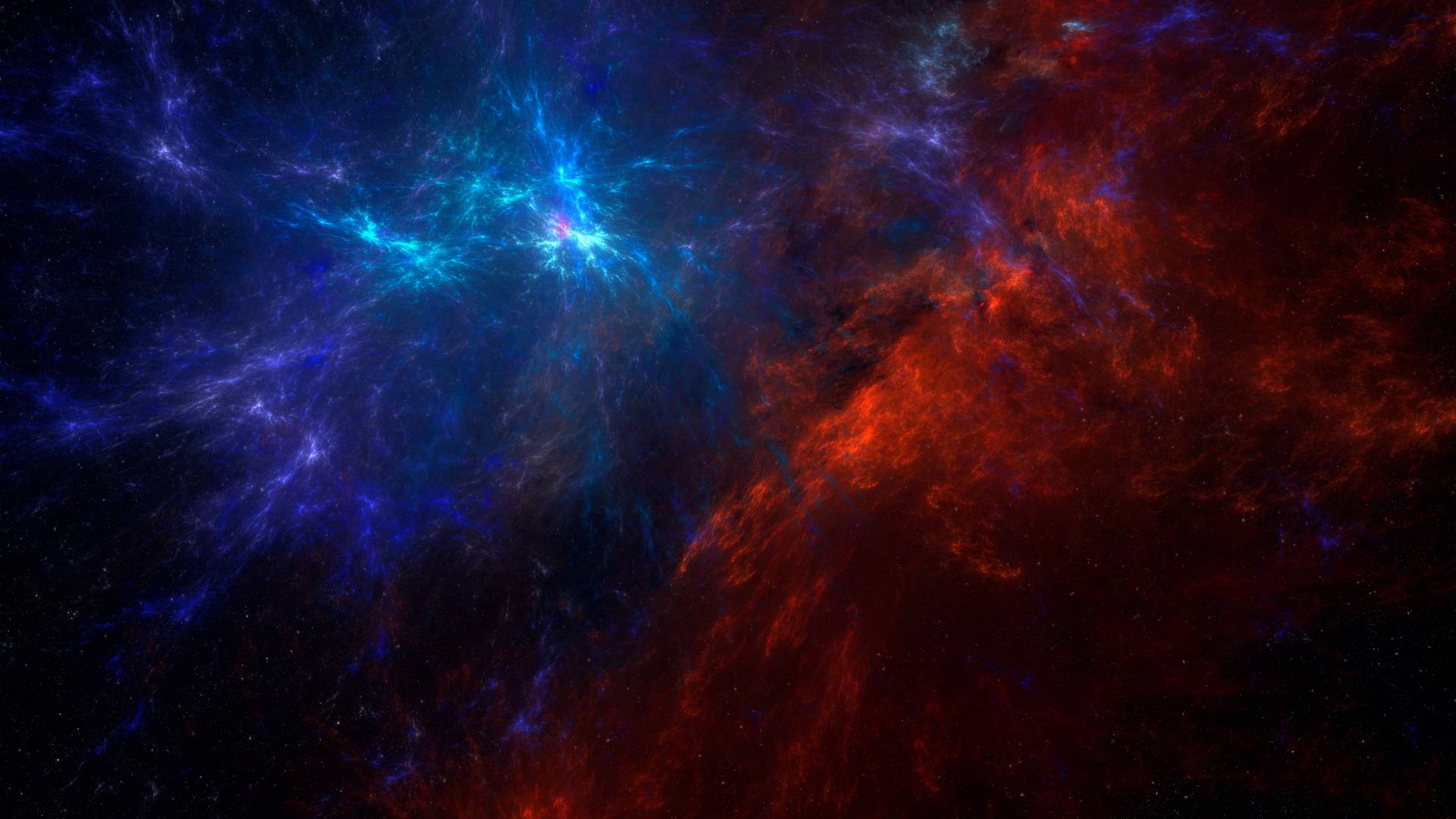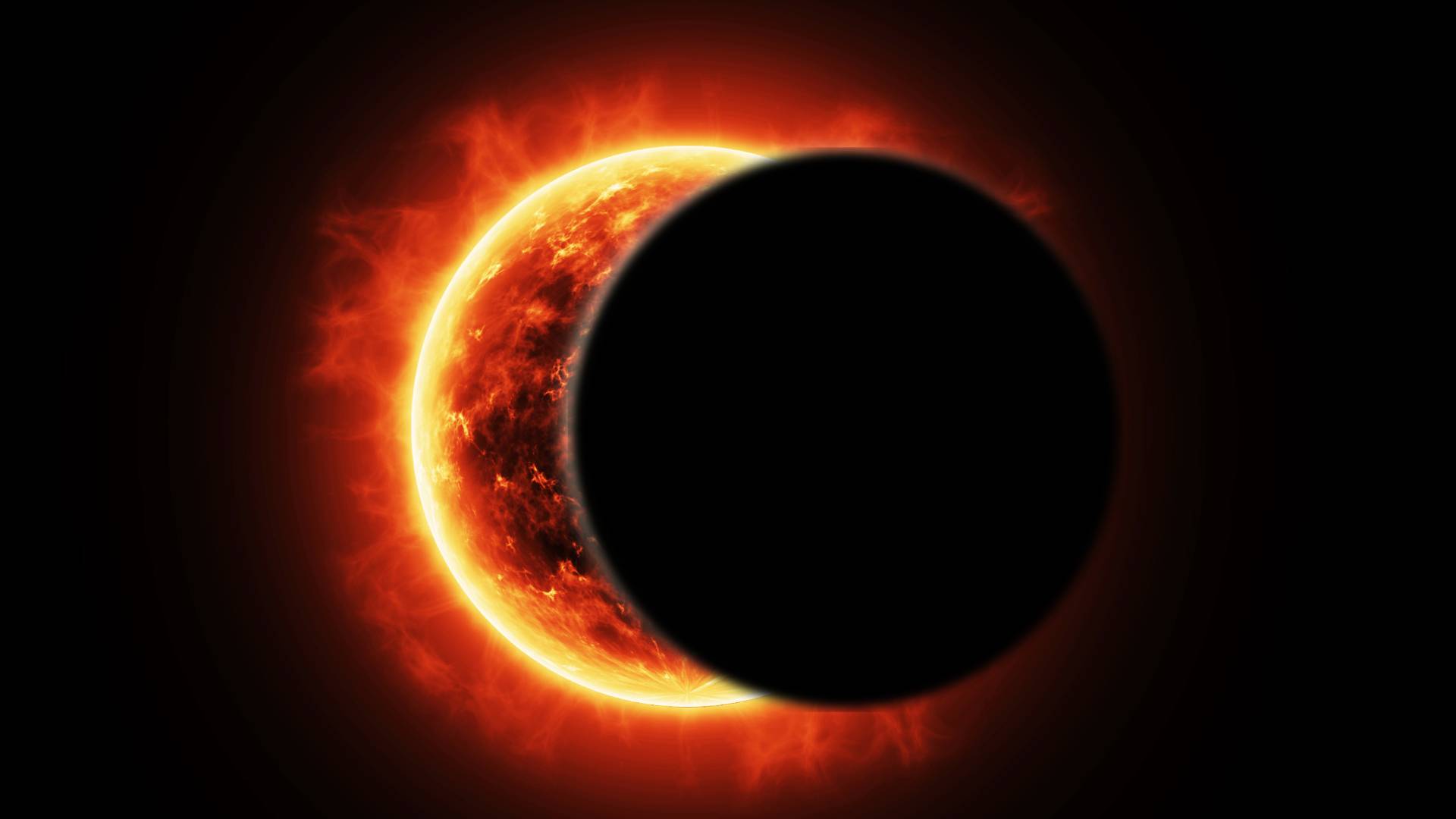Have you ever wondered about the mesmerizing events that occur in the far reaches of our universe?
Here at Spaceyv, we’ve compiled a list of ten incredible astronomical phenomena that will undoubtedly ignite your curiosity and deepen your appreciation for the cosmos. From dazzling light shows to celestial dances, the universe never fails to amaze us with its breathtaking displays.
The list of 10 Incredible Astronomical Phenomena
1. Northern Lights (Aurora Borealis)
The enchanting dance of the Northern Lights, also known as Aurora Borealis, paints the night skies with vibrant hues, creating a breathtaking spectacle that has captivated humans for centuries. This awe-inspiring light show is a result of charged particles from the sun colliding with Earth’s atmosphere, producing stunning displays of colorful light.
- Dance of charged particles from the sun
- Vibrant hues of green, red, blue, and purple
- Enchanting display in the Earth’s atmosphere

2. Solar Eclipses
The grand cosmic ballet of a solar eclipse is a rare and striking event that occurs when the moon passes between the Earth and the sun, casting a fleeting shadow upon our planet. Witnessing the sun’s brilliant corona peeking out from behind the moon during totality is an unforgettable experience that reminds us of the magnificence of our solar system.
- Celestial ballet of the moon, Earth, and the sun
- Momentary shadow cast upon the Earth
- Glimpse of the sun’s corona during totality

3. Supernovae Explosions
The explosive finale of massive stars, known as supernovae, illuminates the cosmos with an extraordinary burst of energy and light. These dazzling displays of cosmic fireworks leave behind remnants such as nebulae and pulsars, enriching the universe with the elements necessary for the formation of new stars and planets.
- Fiery demise of massive stars
- Illumination of the cosmos with intense energy
- Formation of nebulae and pulsars as remnants
4. Black Holes
The enigmatic and mysterious nature of black holes continues to intrigue astronomers and space enthusiasts alike. These celestial behemoths possess gravitational forces so strong that not even light can escape their grasp, making them invisible yet powerful entities that significantly influence the dynamics of the universe.
- Enigmatic entities with powerful gravitational forces
- Invisible yet influential elements of the universe
- Ongoing study of their characteristics and effects

5. Planetary Alignments
The rare occurrence of planetary alignments presents a stunning visual spectacle as celestial bodies appear to converge in the night sky. While these alignments are purely a result of the observer’s perspective, they serve as a reminder of the harmonious dance of planets within our solar system.
- Illusion of converging celestial bodies in the night sky
- Perspective-based visual phenomenon
- Reflection of the harmonious dance of planets in the solar system
Related Content:
14 Interesting Astronomy Facts
6. Halos Around the Moon
The appearance of luminous halos encircling the moon is a captivating optical phenomenon caused by the refraction and reflection of moonlight through ice crystals in the atmosphere. These stunning halos add a touch of magic to the night sky, leaving observers in awe of the natural beauty that surrounds us.
- Luminous optical phenomenon caused by moonlight
- Refraction and reflection through atmospheric ice crystals
- Magical addition to the beauty of the night sky

7. Comets Streaking Across the Sky
The majestic sight of comets streaking across the night sky is a rare and captivating event that has fascinated civilizations throughout history. These cosmic travelers, composed of ice, dust, and rocky debris, leave behind a brilliant trail as they journey through our solar system, offering a glimpse into the farthest corners of space.
- Brilliant cosmic travelers composed of ice and dust
- Striking visual display during their journey
- Insight into the mysteries of the solar system’s origins
8. Stellar Nebulae
The ethereal beauty of stellar nebulae, often referred to as the “birthplaces of stars,” showcases the stunning interplay of cosmic dust and gases that form intricate and vibrant clouds of color in the depths of space. These celestial nurseries give rise to new stars, serving as a testament to the continual cycle of creation and destruction in the universe.
- Birthplaces of stars within cosmic clouds
- Interplay of dust and gases creating vibrant formations
- Constant cycle of creation and destruction in the universe

9. Lunar Halo
The mesmerizing halo that encircles the moon, known as a lunar halo, is a captivating optical phenomenon caused by the refraction of moonlight through ice crystals in the atmosphere. This celestial halo adds a touch of wonder to the night sky, enchanting observers with its ephemeral beauty.
- Enchanting halo encircling the moon
- Optical phenomenon caused by atmospheric ice crystals
- Ephemeral addition to the wonders of the night sky

10. Planetary Cloud Formations
The diverse and captivating cloud formations on planets within our solar system, such as the swirling storms on Jupiter or the dynamic cloud patterns on Saturn, offer a glimpse into the atmospheric dynamics and weather systems of these distant worlds, inviting us to explore the unique characteristics of our planetary neighbors.
- Captivating formations on planets within the solar system
- Showcasing the diverse atmospheric dynamics of distant worlds
- Invitation to explore the unique characteristics of planetary neighbors

FAQs About 10 Incredible Astronomical Phenomena
Q: What causes the stunning colors of the Northern Lights (Aurora Borealis)?
The vibrant colors of the Northern Lights are the result of charged particles from the sun colliding with gases in the Earth’s atmosphere. Different gases produce various colors, with oxygen typically creating green and red hues, while nitrogen contributes to blue and purple shades.
Q: How often do solar eclipses occur, and are they visible from every location on Earth?
Solar eclipses occur approximately every 18 months, but they are not visible from every location on Earth during each occurrence. Visibility depends on the eclipse’s path, which can vary with each event.
Q: What happens after a star explodes in a supernova?
After a supernova explosion, the remnants of the star can give rise to various phenomena, including the formation of neutron stars, black holes, and nebulae. These remnants play a crucial role in the cosmic cycle of star birth and evolution.
Q: How do scientists detect and study black holes if they cannot be directly observed?
Scientists detect black holes through the analysis of their effects on nearby celestial objects, such as the gravitational forces they exert on surrounding matter. They also study the radiation emitted from the areas around black holes to understand their characteristics and behavior.
Q: Do planetary alignments have any significant effects on Earth or its inhabitants?
Planetary alignments do not typically have any direct physical effects on Earth or its inhabitants. However, they serve as a remarkable visual phenomenon that highlights the dynamic and interconnected nature of our solar system.
At Spaceyv, we invite you to delve deeper into the wonders of the universe and explore the captivating phenomena that enrich our cosmic tapestry. Join us on this celestial journey as we continue to unravel the mysteries of the cosmos and marvel at the incredible phenomena that define our existence in the vastness of space.
Sources:
- NASA – https://www.nasa.gov
- Space.com – https://www.space.com
- European Space Agency



